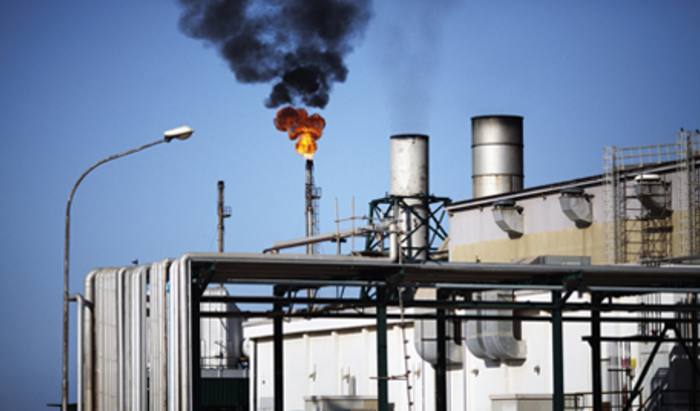Introduction
But there has been a rally in recent weeks, with the price of Brent crude oil moving from a low of $27.8 a barrel on January 20 to $43.9 a barrel on April 12. This has been driven by a combination of factors, including more dovish comments from the US Federal Reserve, China’s commitment to maintain growth at around 6.5 per cent, and a deal between Russia and Saudi Arabia to ‘freeze’ oil production thereby limiting supply.
Geoff Blanning, head of commodities at Schroders, points out: “A slowdown in oil production growth combined with sustained record levels of demand and a reversal of deeply depressed investment demand is already boosting the oil price and could underpin a sustained rally in 2016.”
He emphasises the rate of oil production slowed sharply in the second half of 2015, suggesting we could be reaching a peak of oil supply growth, but adds there are a “few reasons to believe that the ‘oil age’ is not over yet and demand should remain healthy”.
This includes structural demand growth in emerging markets, while a weakening in the US dollar could also act as a counterbalance to any fall in structural demand.
Mr Blanning points out investment demand for oil is clearly procyclical and is currently deeply depressed. “Should the price rise, this picture will start to reverse, possibly [depending on the trigger] in a very substantial way. The risk in this market is now heavily skewed to the upside.”
But while oil is looking more hopeful, other commodities have seen their fortunes reverse. For the 12 months to April 14 soft commodities performed much better than their energy counterparts, with the S&P GSCI Sugar Spot index gaining 15.3 per cent, compared with the 24.5 per cent fall in the S&P GSCI Brent Crude Spot index.
The S&P GSCI Cocoa Spot index also performed well, rising almost 10 per cent, while the S&P GSCI Gold Spot index’s gain of 7.6 per cent shows support for the theory of using the metal as a safe haven.
But as Brent crude has seen a vast improvement year to date – increasing by 21.2 per cent – sugar and cocoa have seen falls of 1.7 per cent and 3 per cent respectively, while the silver, precious metals and gold spot indices all delivered gains of more than 20 per cent.
John Greenwood, chief economist at Invesco Perpetual, says: “The key question is whether this small recovery is a result of a change in the fundamentals, or is it simply a dead cat bounce?”
Mr Greenwood notes that while Brent crude, iron ore and gold have all posted gains this year, “the fundamentals that led to the dramatic falls in the commodity markets since mid-2014 still persist.
“These include the slowdown in China, the recessions in Brazil and Russia, the emergence of new supplies of energy such as US shale oil, Iran and Iraq ramping up production, and commodity investment projects in Chile and elsewhere coming on stream.”
He points out that in the case of oil, the agreement between Russia and Saudi Arabia in February has supported the price, but it has since been confirmed that Iran will not participate in the production controls.
“With more Iranian and Iraq crude coming online and the demand fundamentals not improving, a significant price rise by the end of the year is unlikely. The gold price is also unlikely to rise further if US inflation remains low, if fears of a recession wane, or if the US dollar strengthens. On the contrary, it is more likely to fall under these circumstances,” Mr Greenwood adds.
Nyree Stewart is features editor at Investment Adviser






